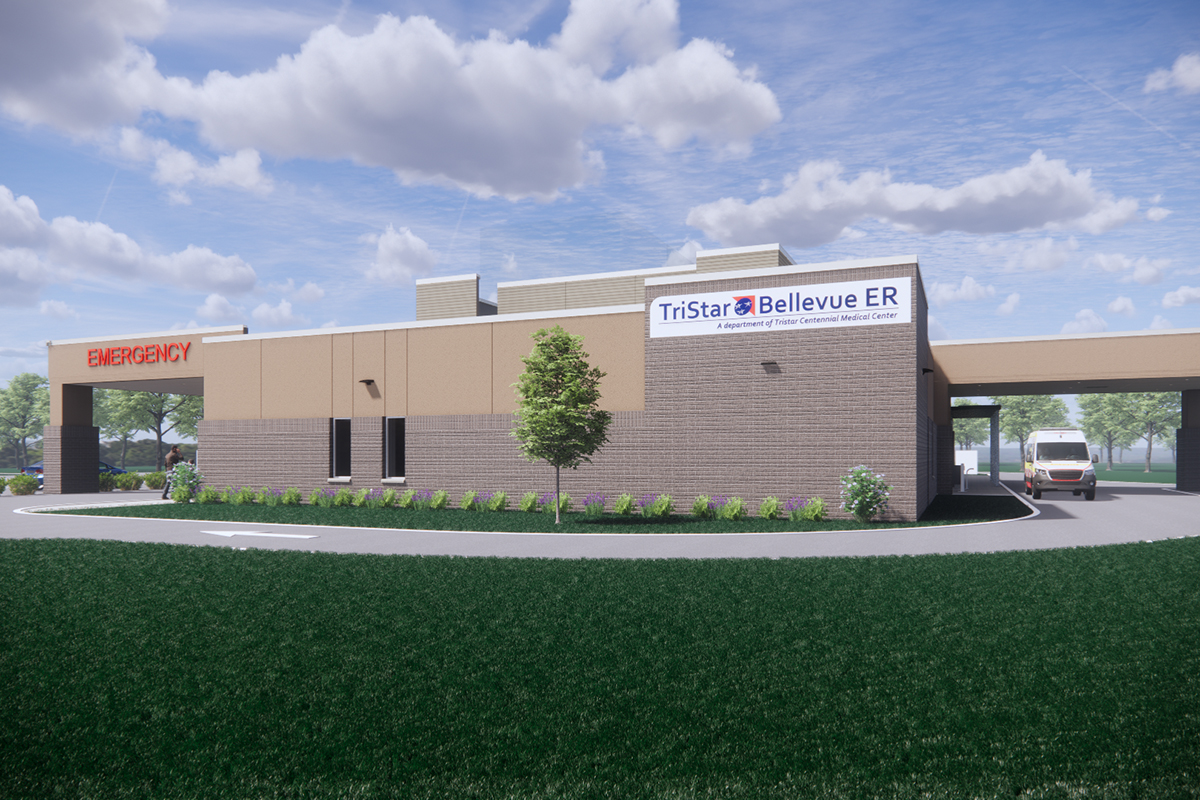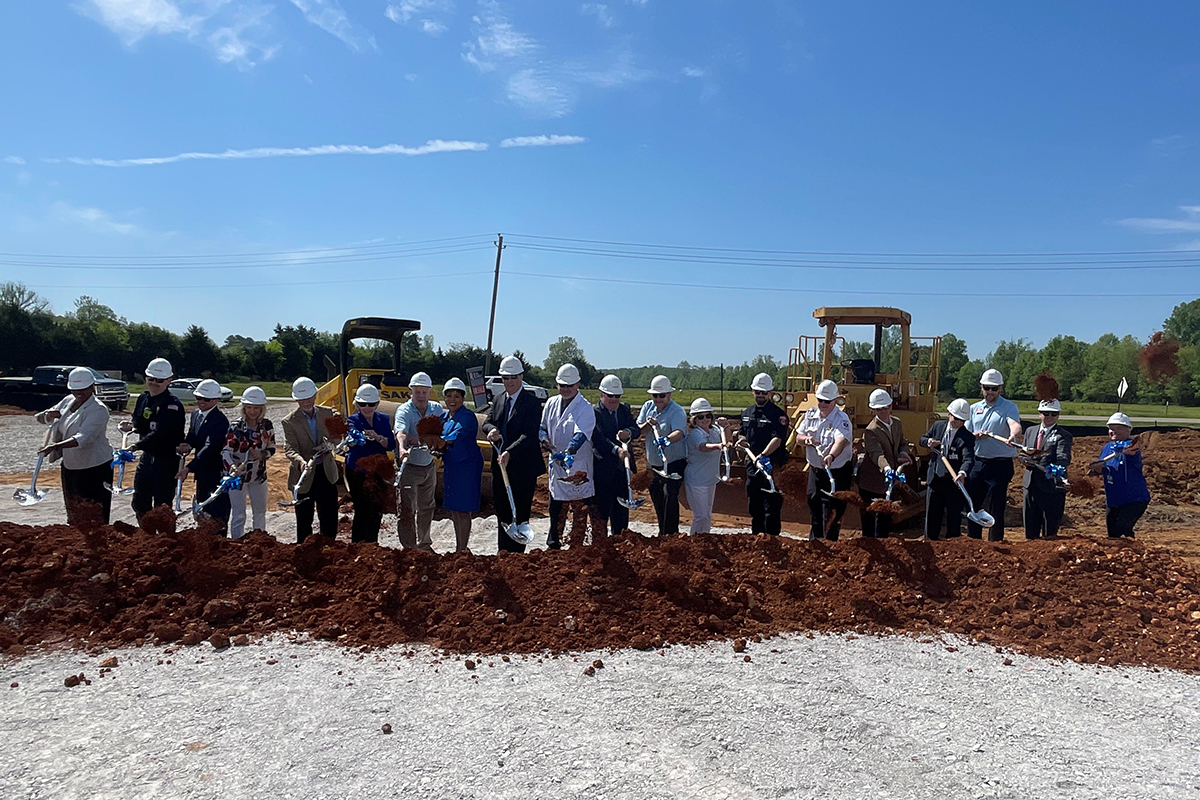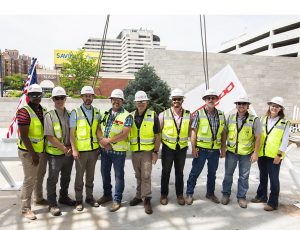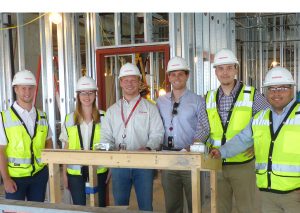In recent years, a new trend has been reshaping the landscape of emergency healthcare in the United States – the rise of freestanding emergency departments (FSEDs). These standalone facilities are gaining popularity for their ability to provide prompt and quality emergency care without the need for a traditional hospital setting. In this blog post, we will explore the phenomenon of FSEDs, their benefits, challenges, and the impact they are having on the healthcare system in the United States.
What Are Freestanding Emergency Departments?
Freestanding emergency departments are fully equipped facilities that offer emergency medical services without being physically attached to a hospital. They are designed to handle a wide range of acute medical conditions, from minor injuries to life-threatening emergencies, and operate 24/7, providing access to emergency care in a convenient and timely manner.

Benefits of FSEDs
Accessibility: One of the primary advantages of FSEDs is their accessibility. Located in various communities, these facilities bring emergency care closer to people’s homes, reducing travel time during critical situations.
Reduced Wait Times: FSEDs are known for their shorter wait times compared to traditional hospital emergency rooms. This is often due to their dedicated focus on emergency care, allowing them to efficiently manage patient flow.
Advanced Technology and Services: Despite being standalone facilities, FSEDs are equipped with state-of-the-art technology and can provide a wide range of emergency services, including diagnostic imaging, laboratory testing, and more.
Community Integration: FSEDs often collaborate with local communities to promote health education, preventive care, and community wellness programs. This community-centered approach contributes to a holistic healthcare ecosystem.
Challenges
While FSEDs offer numerous benefits, there are also challenges associated with their rise – the largest of those is regulatory compliance. FSEDs must adhere to regulatory requirements to ensure the quality and safety of care. Compliance with state and federal regulations is crucial for the successful operation of these facilities. With Doster’s past experience constructing FSEDs, we are able to guide our clients through permits and regulations to bring your project to the community in the most efficient way possible.
The Impact on the Healthcare System
The rise of FSEDs is contributing to a shift in the healthcare landscape by decentralizing emergency care. This transformation has the potential to alleviate the burden on traditional hospital emergency rooms, improve overall healthcare access, and enhance the efficiency of emergency services across the nation.

Freestanding emergency departments are becoming an integral part of the evolving healthcare system in the United States. As these facilities continue to grow in number and popularity, it is essential for healthcare providers, policymakers, and communities to work together to address challenges and optimize the benefits of FSEDs, ensuring that emergency care remains accessible, efficient, and of the highest quality for all.
Over the last several years, Doster Construction Company has delivered numerous FSEDs to some of the top healthcare systems in the country. Our expertise in this building type will ultimately save our clients time and money while delivering the highest quality healthcare facility.
For more information on Doster’s experience and how we can help you with your next project, contact info@dosterconstruction.com
“Introduction to the Freestanding Emergency Department (FSED) model, and the decentralization of this service from a major hospital facility, can have a huge impact on communities seeking more immediate and convenient healthcare services. Healthcare providers thinking outside the box from the traditional models and expanding their footprint on the communities they serve and care for.” Brad Mitchell, Healthcare Operations Manager



